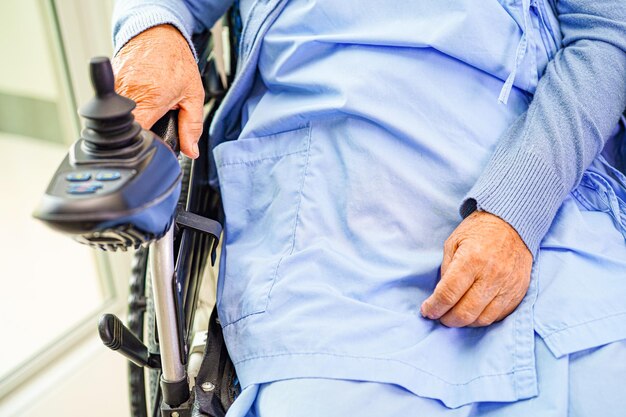Exploring Effective Ways to Manage Urinary Incontinence
Finding a treatment plan for urinary incontinence can significantly improve quality of life, providing relief and restoring confidence. Although it’s a common issue affecting millions, treatments are highly individual and should be customized based on the underlying causes, type of incontinence, and personal preferences. Here’s a guide to understanding treatment options and resources that might offer additional support.
Identify the Type of Incontinence
Before considering treatment options, it’s important to identify the type of incontinence you are experiencing:
- Stress Incontinence: Occurs when physical activity or exertion places pressure on the bladder, commonly leading to leaks.
- Urge Incontinence: Characterized by sudden, intense urges to urinate, often resulting in accidental leakage.
- Overflow Incontinence: The bladder does not empty fully, causing dribbling.
- Functional Incontinence: A physical or mental impairment hinders one’s ability to make it to the restroom in time.
Treatment Options
Lifestyle Modifications
Implementing lifestyle changes can help manage symptoms:
- Fluid and Diet Management: Limit caffeine, alcohol, and acidic foods which can irritate the bladder.
- Bladder Training: Increase time between bathroom trips to build bladder strength.
- Pelvic Floor Exercises: Regularly perform Kegels to strengthen pelvic muscles, offering better control.
Medical Treatments
For persistent cases, medical intervention might be necessary:
- Medications: For overactive bladders, drugs like anticholinergics can reduce symptoms.
- Medical Devices & Surgeries: Options like pessaries or sling procedures might be viable for severe cases.
Professional Guidance
Visiting a specialist can offer more personalized solutions. Consider consulting with:
- Physical Therapists: Specialize in pelvic floor rehabilitation.
- Urologists or Gynecologists: Provide expert assessments and advanced treatment plans.
Exploring Financial and Educational Resources
Addressing medical concerns like urinary incontinence can sometimes strain finances, but several resources might lighten the burden:
- Government Aid Programs: Offer support for healthcare costs through Medicaid or other health services.
- Financial Assistance: Charitable organizations often provide aid for medical treatments and equipment.
- Educational Grants and Workshops: Available for patients to learn more about managing incontinence effectively.
By addressing both the physical and financial aspects of urinary incontinence, individuals can better navigate this condition with comprehensive care and support. Explore what's available to you locally or through national programs; you might find unexpected relief.
📋 Useful Resources:
- 🏥 Medicaid: Assistance for eligible low-income individuals covering health-related expenses.
- 🤝 Local Charitable Organizations: Provide direct financial support for healthcare needs.
- 💡 Educational Workshops: Offer insights and techniques to manage incontinence effectively.
- 💳 Credit Solutions: Use responsibly to manage unexpected medical expenses.
- 🎓 Online Courses: Access further education on bladder health and care.
Navigating through the treatment of urinary incontinence with the right knowledge and support can liberate and empower. Embrace these resources as stepping stones to joyfully embrace life with confidence and peace of mind.

Related Topics
- a Patient You Are Caring For Uses Incontinence Briefs
- Are Incontinence Products Tax Deductible
- Are Incontinence Supplies Covered By Medicare
- Are Incontinence Supplies Tax Deductible
- Can a Bladder Infection Cause Urinary Incontinence
- Can a Kidney Stone Cause Incontinence
- Can a Urinary Tract Infection Cause Incontinence
- Can a Uti Cause Incontinence
- Can Constipation Cause Incontinence
- Can Constipation Cause Urinary Incontinence